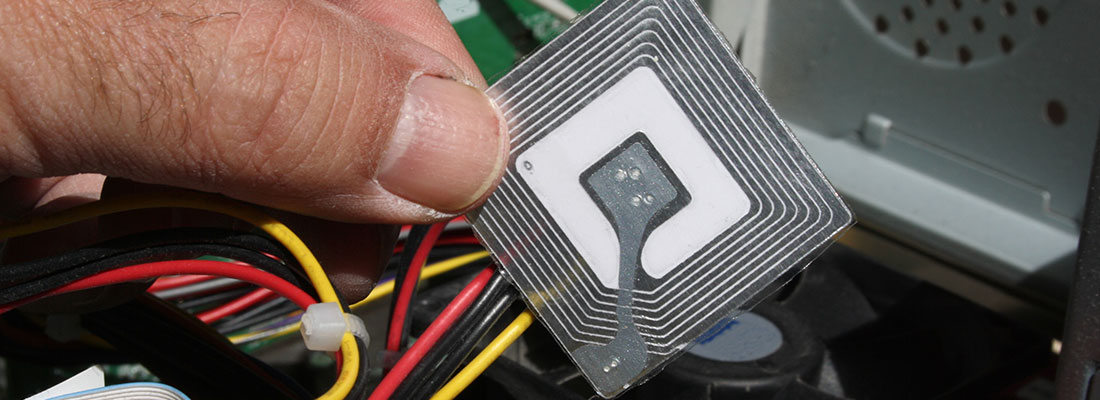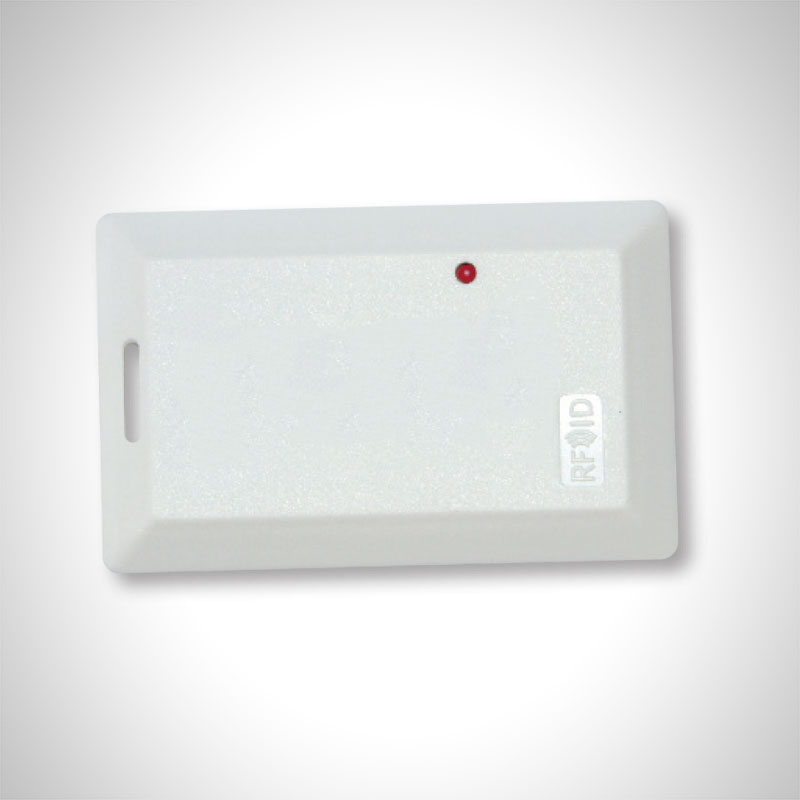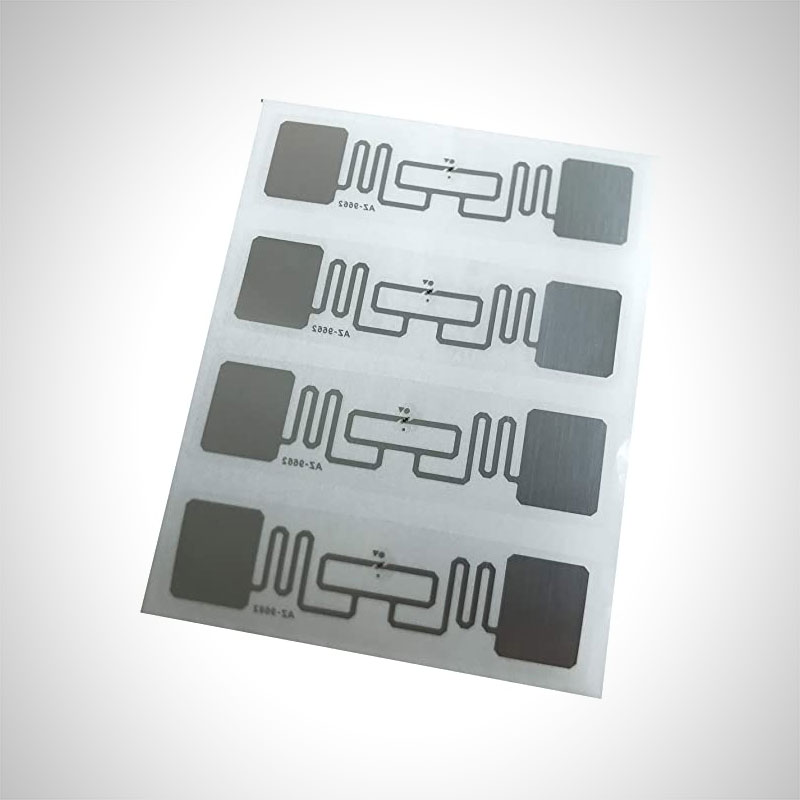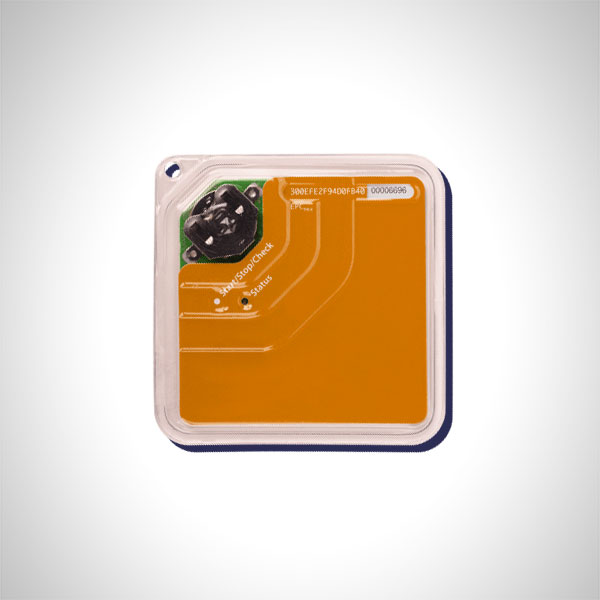
When organizations need to track valuable equipment, monitor employee safety, and/or ensure inventory accuracy, a common solution is RFID (radio frequency identification) technology. Though RFID has been around for many years, recently have brands and organizations begun deploying this powerful technology to solve modern supply chain challenges.
Why RFID? It’s simple – RFID systems allow organizations of all sizes to improve efficiency without significant changes to their current operations. RFID technology is a unique technology that can assist operations in virtually any field improve inventory accuracy and locate valuable items and personnel.
What is RFID?
RFID is the usage of wireless radio frequency waves to transfer data. An RFID system typically is comprised of RFID readers, antennas, and RFID tags. In a system users affix RFID tags to the equipment, inventory, or whatever they want to track. RFID readers communicate with the tags by transmitting radio waves to and from the tags. The antennas help the tags and readers connect. Without antennas, the readers and tags will not work together properly.
There are actually three main types of RFID tags – active, passive, and semi-passive. Each have their own strengths and drawbacks. Let’s explore all three.

Active RFID Tag

Passive RFID Tag

Semi-Passive RFID Tag
What is Active RFID?
Active RFID tags have their own internal power source – usually a battery. The battery allows the tag to be always operational. Therefore, items that are tagged active RFID are trackable at all times. Active RFID is an ideal solution for solutions such as real-time asset tracking and personnel safety monitoring.
What is Passive RFID?
Unlike active RFID tags, passive tags have no internal power source. In order for the tags to communicate, they must be scanned by a reader. Passive RFID is a good solution for inventory tracking and work in process systems.
What is Semi-Passive RFID?
While similar to passive RFID, semi-passive RFID includes a battery that allow for longer read ranges and additional features such as environmental sensors. Semi-passive RFID is a good solution for inventory management systems in larger environments, along with unique environments such as cold chain operations.
| Tags and Features | Passive RFID Tag | Active RFID Tag | Semi-Passive RFID Tag |
| Internal Power Source | No | Yes | Yes |
| Signal by backscattering the carrier wave from the reader | Yes | No | Yes |
| Response | Weaker | Stronger | Stronger |
| Size | Small | Big |
Medium |
| Cost | $ | $$$ | $$ |
| Potential Shelf Life | Longer | Shorter | Longer |
| Range | 10 cm to few meters | Hundreds of meters | Hundreds of meters |
| Sensors | No | Yes | No |
Which is Right for My Operations?
The kind of tags you use for your RFID project depends on the kinds of solutions you are looking to implement. If you need to access data and information in real-time, you will almost always need active RFID tags. On the other hand, if you need a simple check-in/check-out system, passive is the better choice for the sake of simplicity and cost-effectiveness.
The choices you make for your hardware and software can be the difference between success and failure in an RFID pilot project. Ideally, you should be able to deploy the right tags, readers, and antennas quickly and easily without custom programming.
Contact our RFID experts today to learn more about RFID and to request a free consultation.




